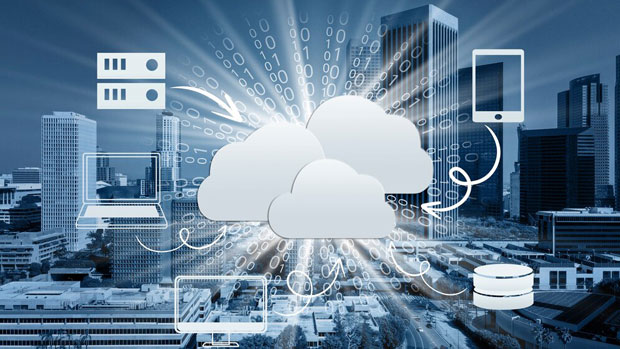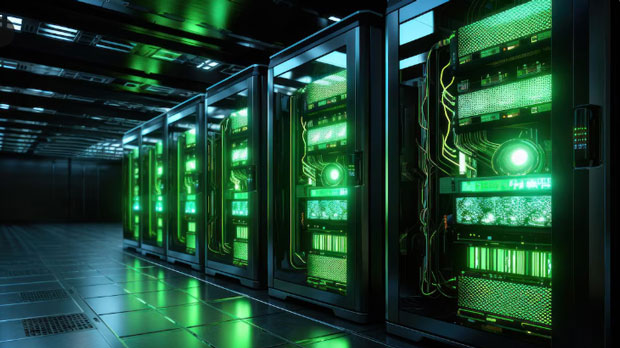In recent years, the dedicated data center agency market has experienced significant shifts due to changing resource supply and demand, fluctuating prices, and evolving industry trends. As businesses increasingly rely on cloud computing and big data, the demand for high-performance, secure, and reliable data centers has grown considerably. However, the availability of resources such as server hardware, storage space, and network infrastructure remains a key challenge for providers. At the same time, price fluctuations are influencing both consumer behavior and the profitability of data center service providers. This article explores the current trends in the dedicated data center agency market, analyzing supply and demand factors, price dynamics, and industry developments that shape the future of the market. Resource Supply and DemandThe supply and demand dynamics in the dedicated data center agency market are primarily influenced by the growing need for cloud storage, the expansion of IoT devices, and the rising volume of data generated by businesses across industries. As a result, there is an increasing demand for data centers that offer high computing power, low latency, and scalability.From a supply perspective, the availability of physical resources, including data center space, server hardware, and network connectivity, plays a crucial role. However, there are significant challenges in the market due to the finite availability of real estate suitable for large-scale data centers, particularly in urban areas where real estate costs are high. Furthermore, the supply of hardware is influenced by global semiconductor shortages, leading to delays in server equipment availability. These supply constraints create a gap in the market, forcing service providers to either increase their investment in infrastructure or pass on the cost increase to their customers.On the demand side, companies in sectors such as finance, healthcare, and technology are increasingly investing in private dedicated data centers to manage sensitive data and ensure compliance with regulatory standards. At the same time, small and medium-sized enterprises (SMEs) are turning to cloud-based solutions and hybrid data centers for cost efficiency, further driving the demand for dedicated infrastructure.Price Fluctuations and Their ImpactPrice fluctuations in the dedicated data center agency market have a significant impact on both providers and customers. Several factors contribute to price changes, including resource availability, technological advancements, and market competition.The price of space in a data center, along with the cost of hardware and network connectivity, can vary widely depending on location, facility specifications, and the level of service provided. For example, data centers located in high-demand metropolitan areas tend to have higher costs due to limited availability of real estate and increased operating expenses. Additionally, the introduction of new technologies, such as 5G networks and AI-driven infrastructure, is driving up demand for more advanced, high-performance systems, which, in turn, drives up the cost for service providers.For customers, price fluctuations present both opportunities and challenges. On the one hand, the competitive nature of the market is driving some providers to lower their prices in order to attract new customers or retain existing ones. However, due to supply shortages and rising operational costs, some providers may increase their prices, putting pressure on businesses with tight IT budgets.Furthermore, there is a growing trend of pricing models based on usage, where customers are charged according to the amount of resources they consume. This flexible pricing model is particularly attractive to SMEs that require a scalable infrastructure and are unwilling to commit to long-term contracts or pay for unused capacity. However, it also introduces complexity, as businesses need to monitor and optimize their resource consumption to manage costs effectively.Industry Dynamics and Emerging TrendsSeveral key industry dynamics are shaping the evolution of the dedicated data center agency market. These include technological advancements, the rise of green data centers, and the increasing importance of cybersecurity.Technological advancements continue to drive change within the market, with innovations in virtualization, cloud computing, and edge computing. The growth of artificial intelligence (AI) and machine learning (ML) technologies has led to higher demand for data centers capable of processing vast amounts of data with low latency. This has created opportunities for providers to build high-performance data centers optimized for AI workloads, which require specialized infrastructure and computing power.In addition, the focus on sustainability and environmental responsibility is growing, leading to the rise of green data centers. These facilities use renewable energy sources, such as wind and solar power, and employ energy-efficient technologies to reduce their carbon footprint. Customers are increasingly prioritizing green data centers as part of their corporate social responsibility initiatives, as businesses look to reduce their environmental impact.Cybersecurity is also a critical concern in the dedicated data center market. As data breaches and cyberattacks become more sophisticated, companies are placing greater emphasis on the security of their data infrastructure. This has prompted data center providers to invest heavily in robust security measures, including encryption, multi-factor authentication, and physical security controls, to protect their customers' data and maintain trust.Moreover, the market is witnessing an increasing shift towards hybrid and multi-cloud architectures, where businesses combine private dedicated data centers with public cloud services. This hybrid approach allows businesses to optimize their IT resources, balancing cost efficiency with performance and security.The dedicated data center agency market is undergoing significant transformation, driven by resource supply and demand, price fluctuations, and dynamic industry trends. As businesses continue to generate vast amounts of data and adopt new technologies, the demand for high-performance, secure, and sustainable data centers will continue to rise. Providers must navigate supply constraints, technological advancements, and price pressures to stay competitive in this evolving market. Meanwhile, customers must stay informed about emerging trends and pricing models to make informed decisions about their data infrastructure needs. The future of the dedicated data center market holds numerous opportunities for both providers and customers, as long as they remain agile and adaptable to the ever-changing landscape of the industry.
Nov 11, 2025



































































